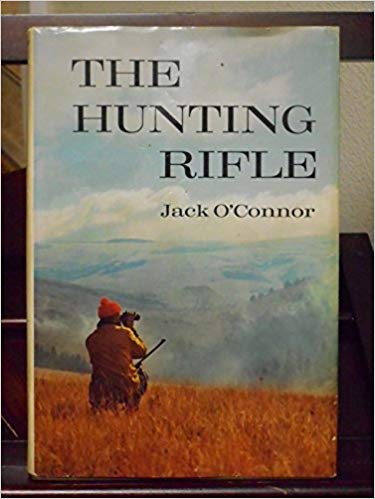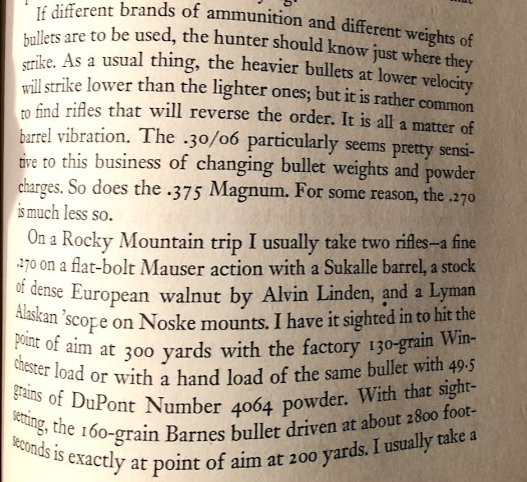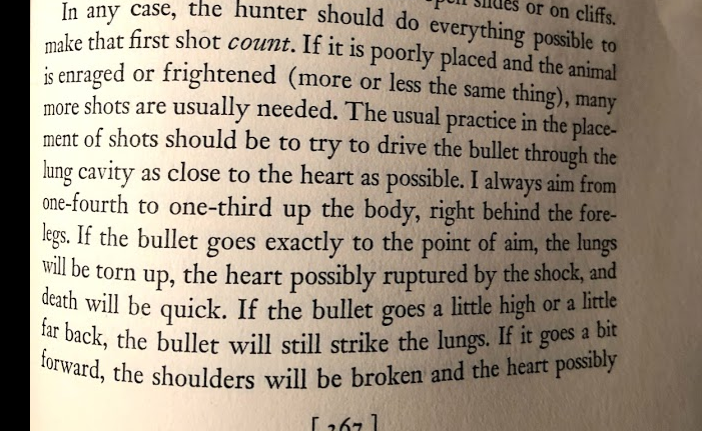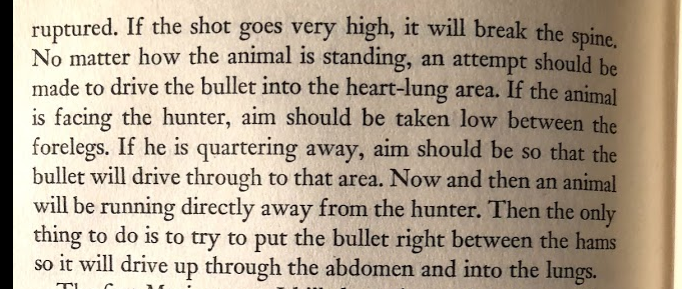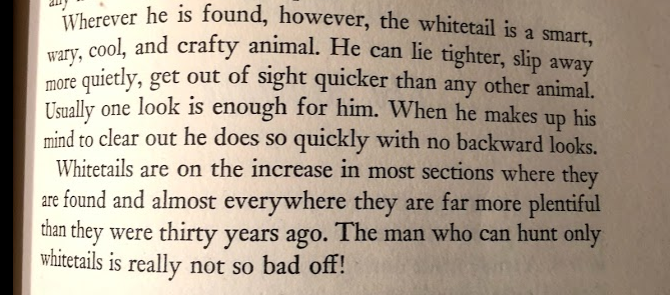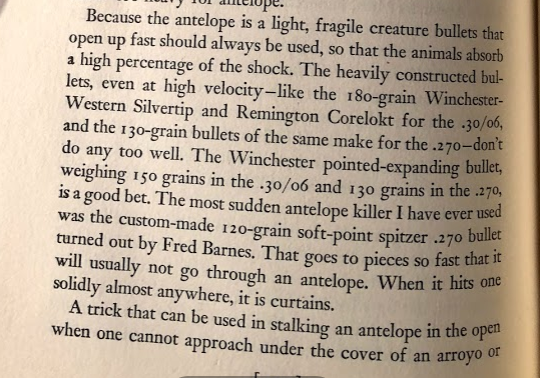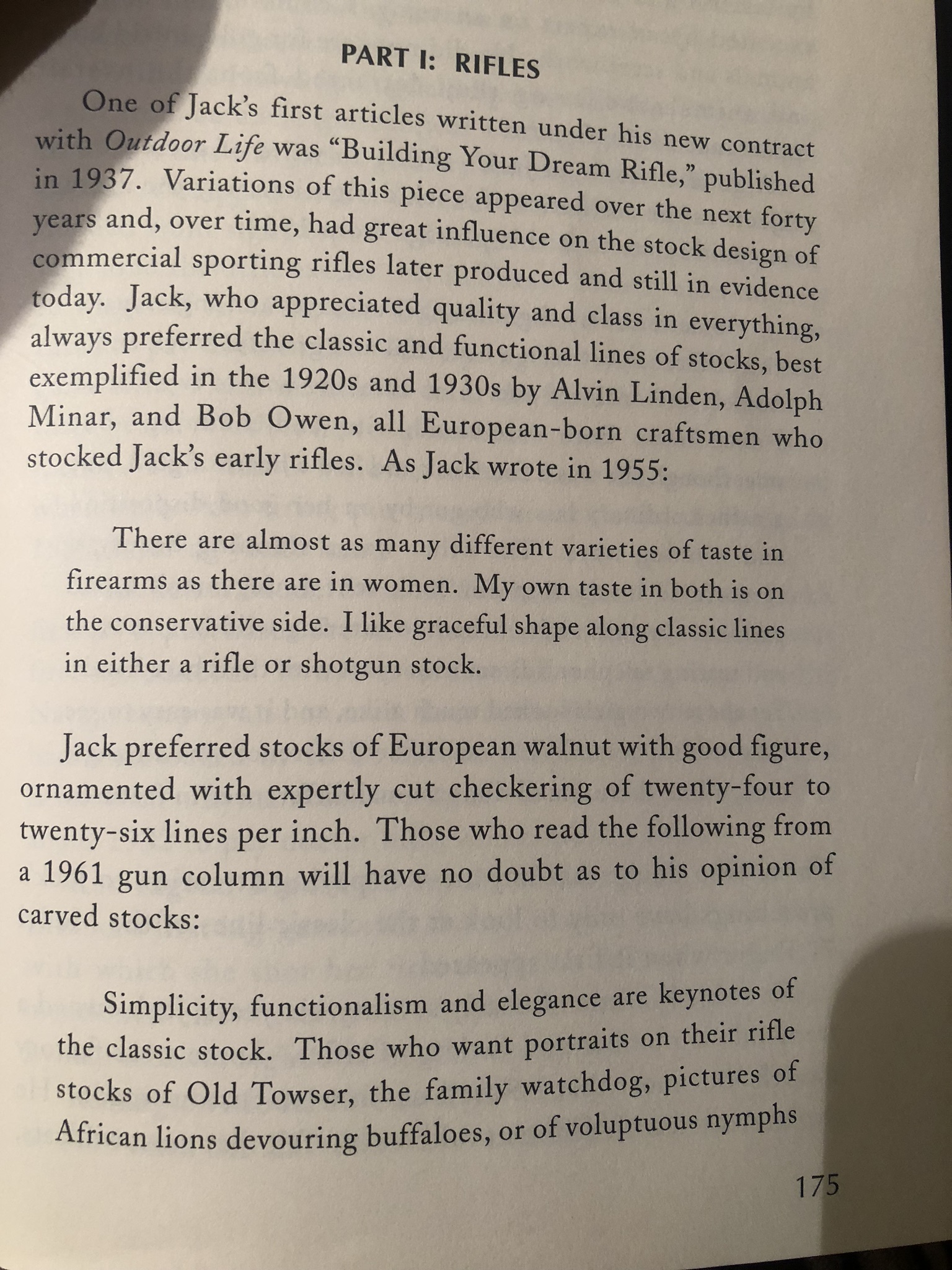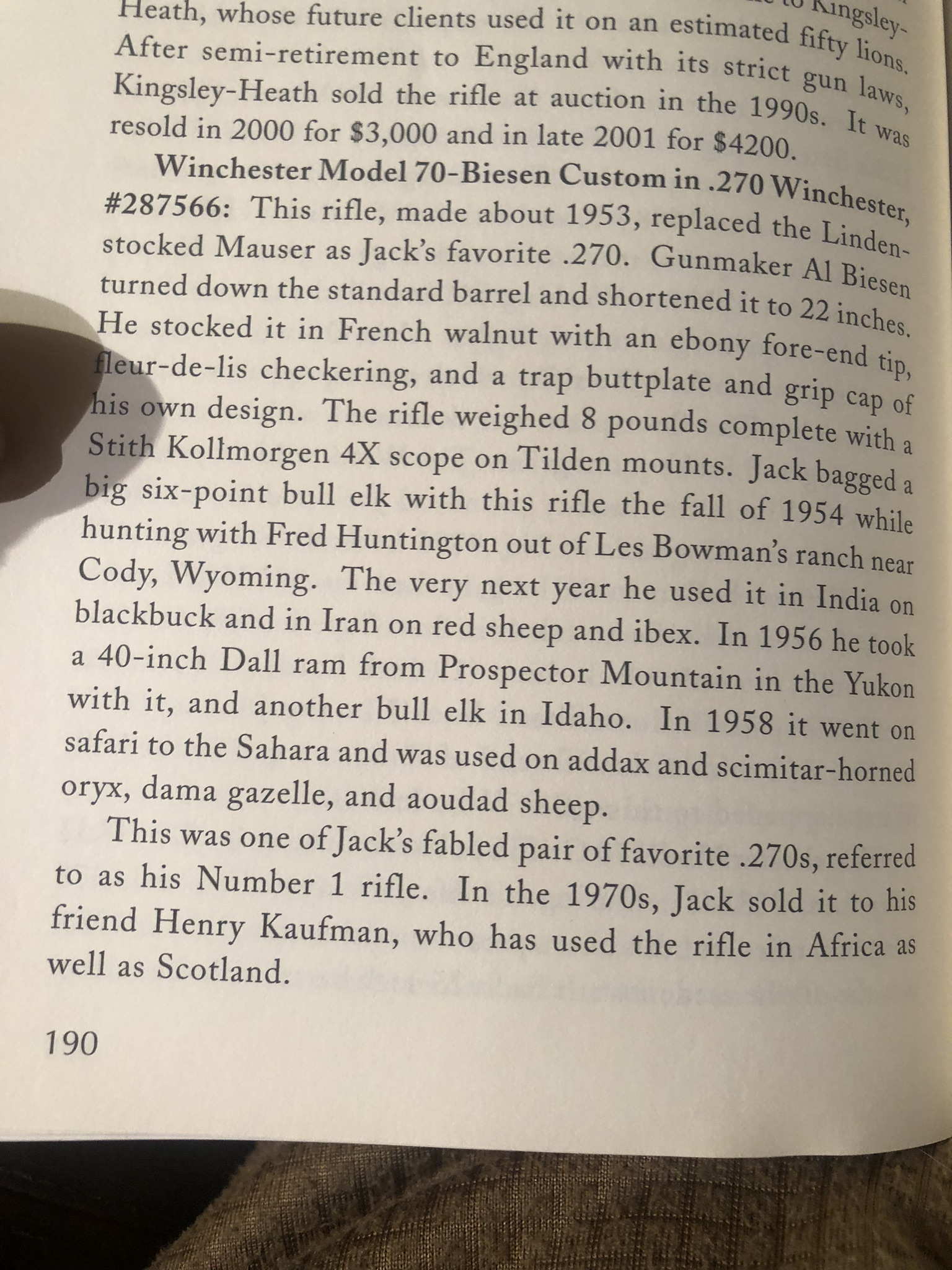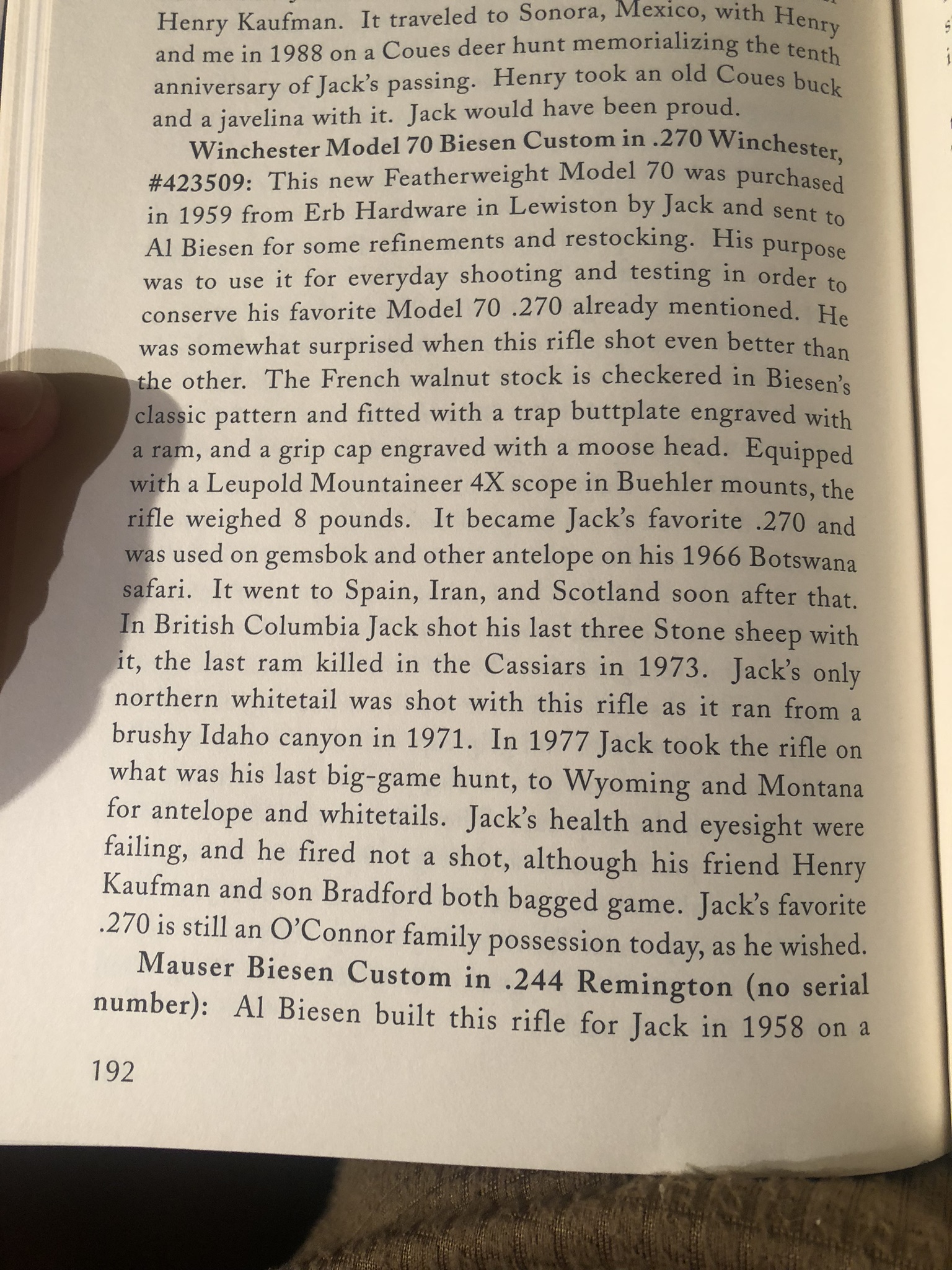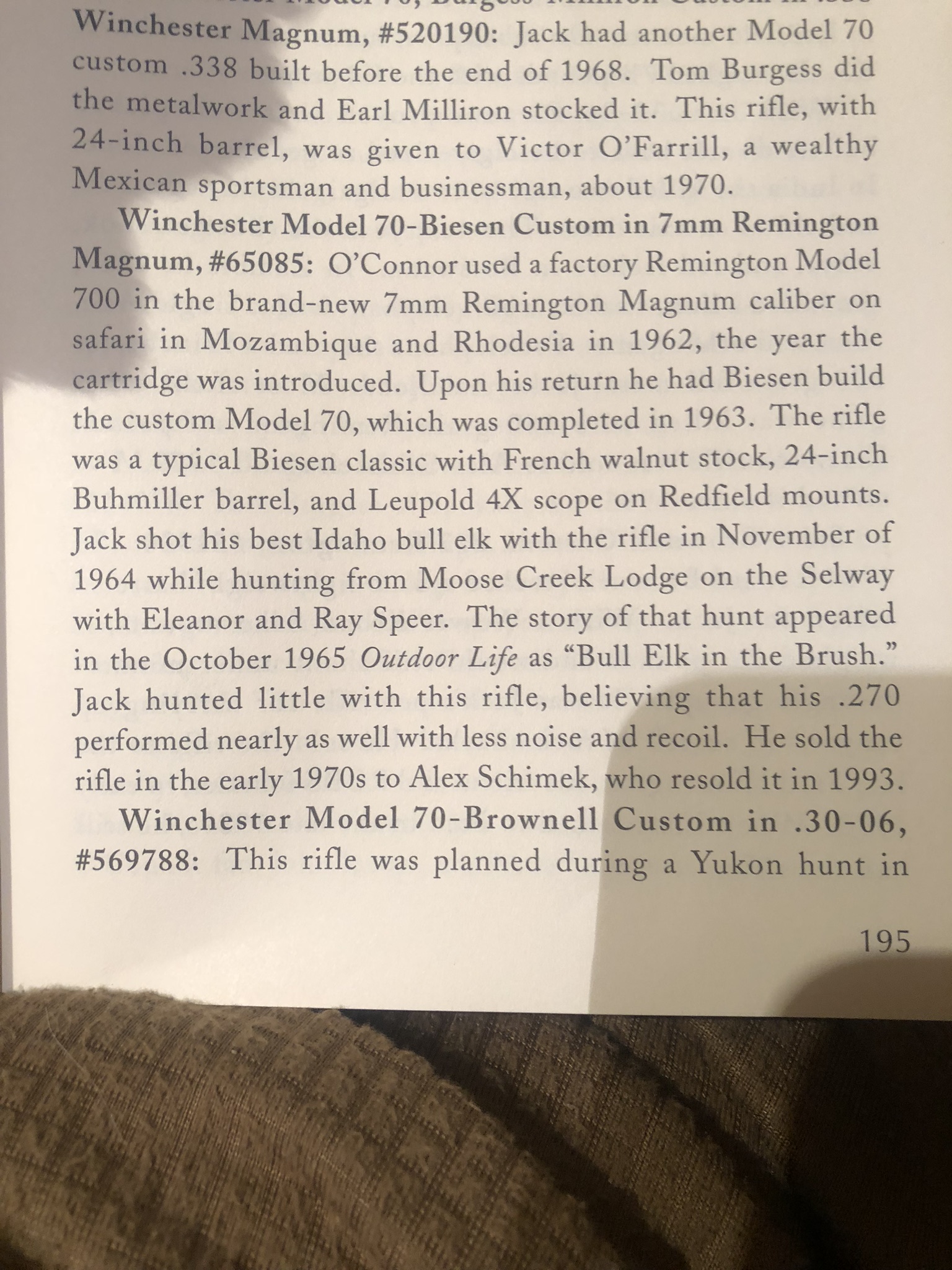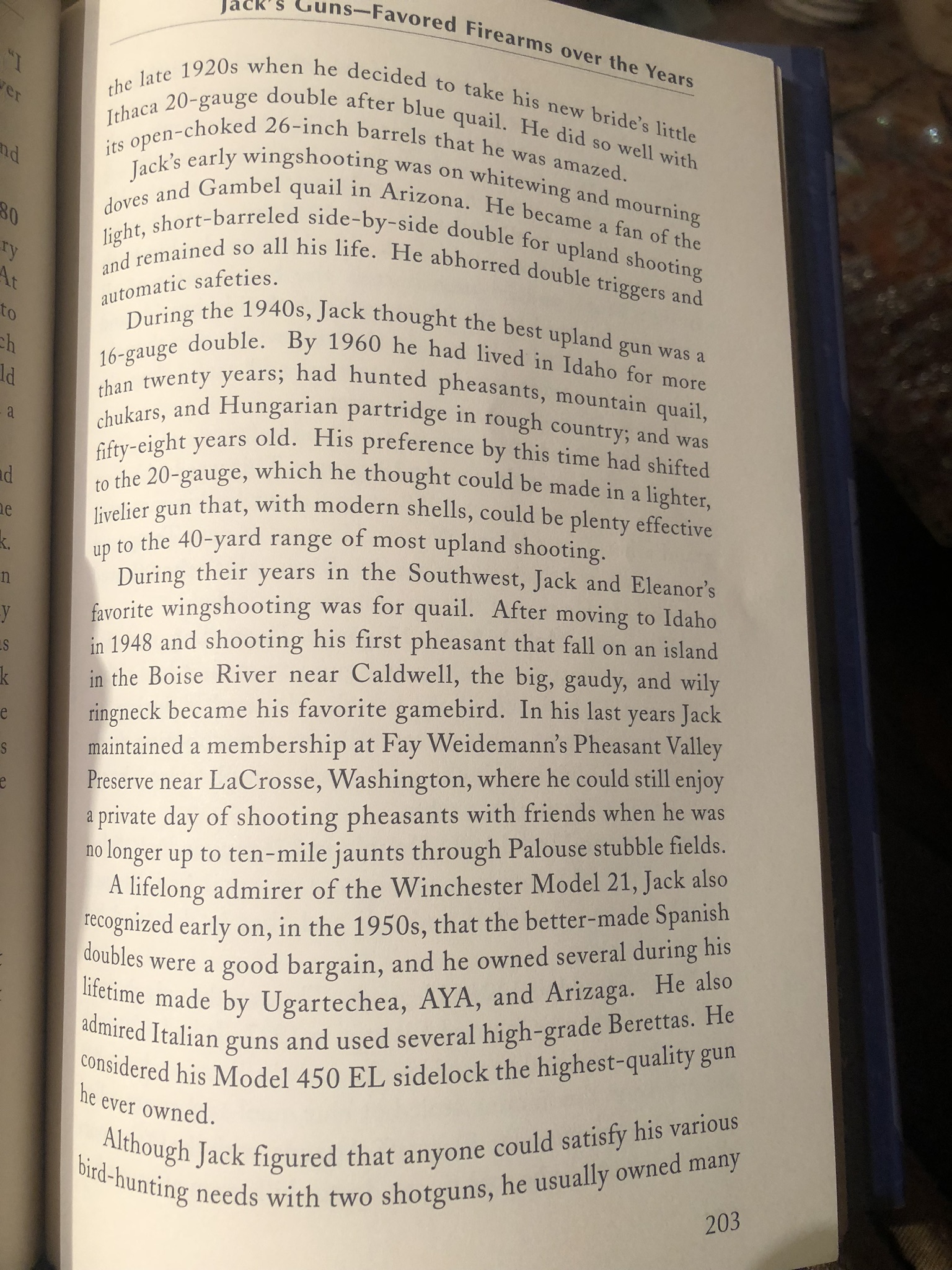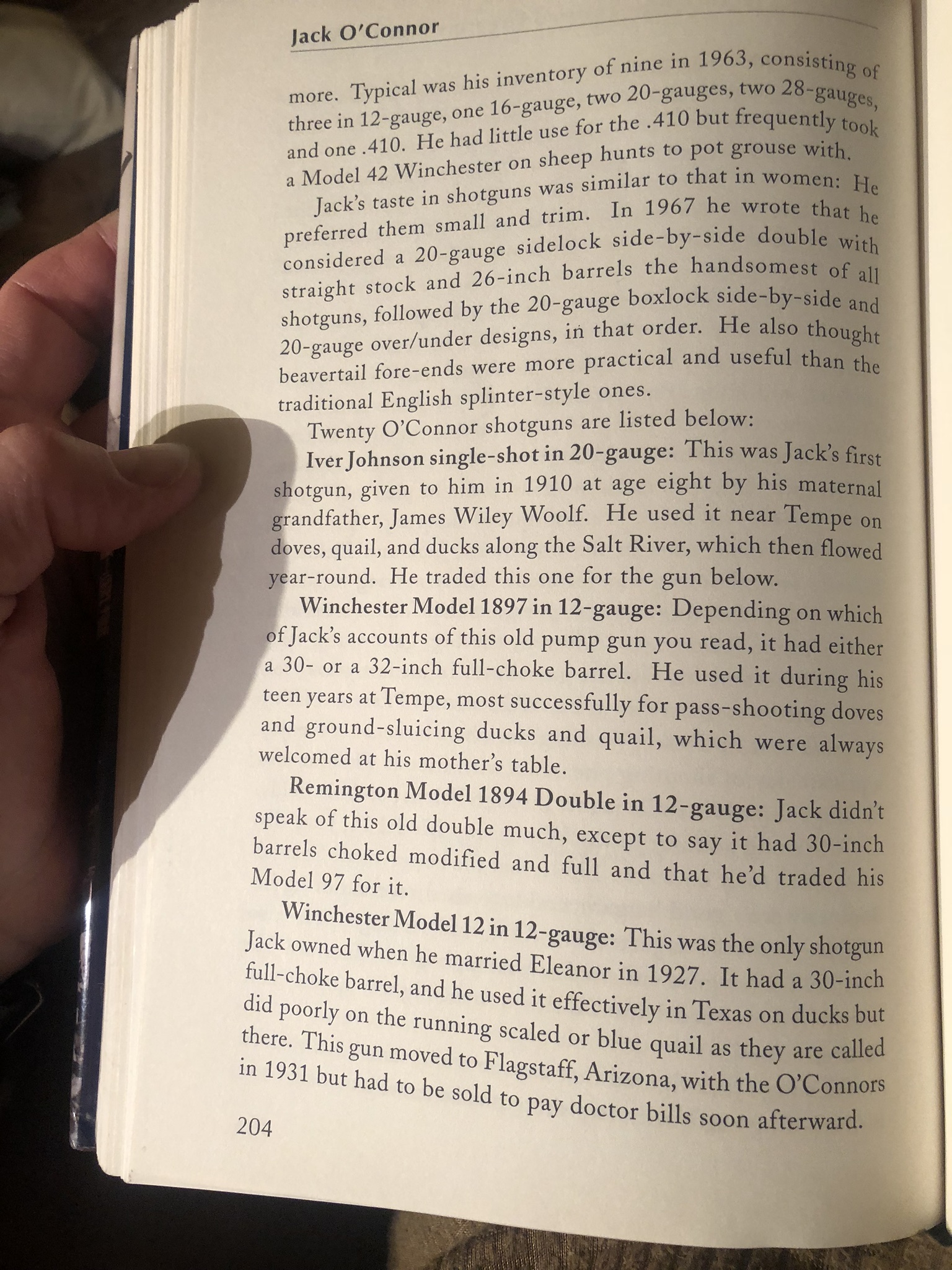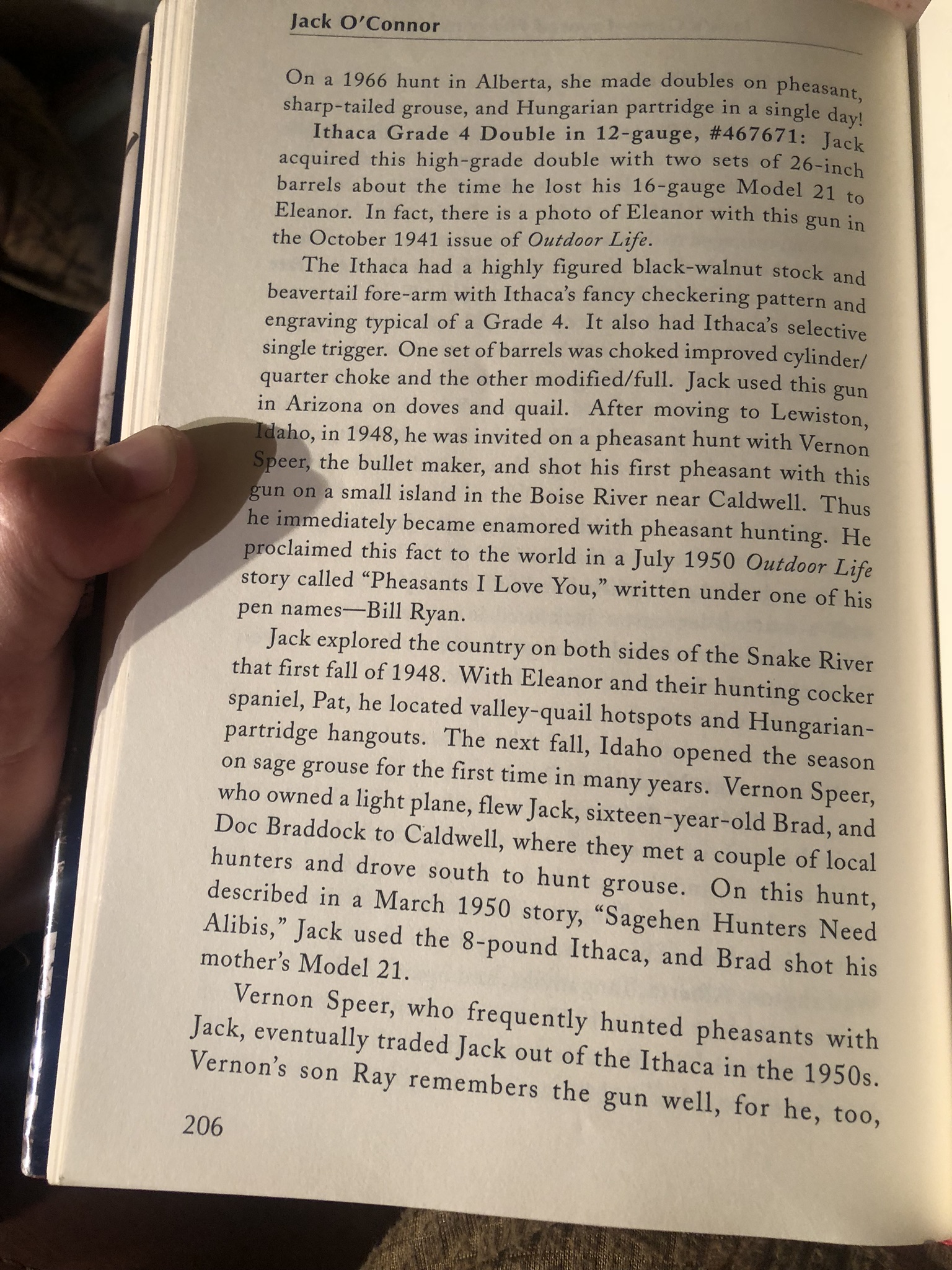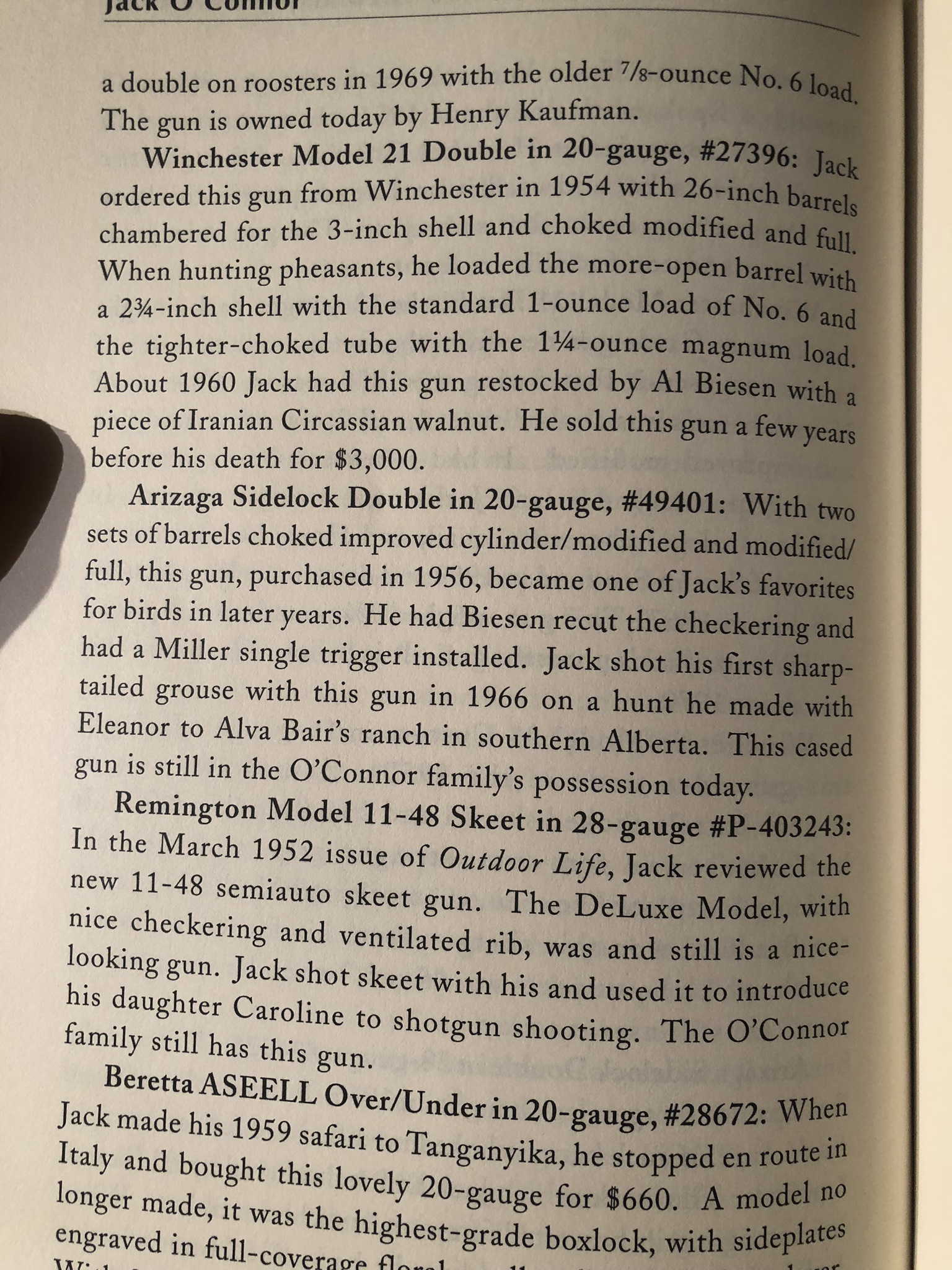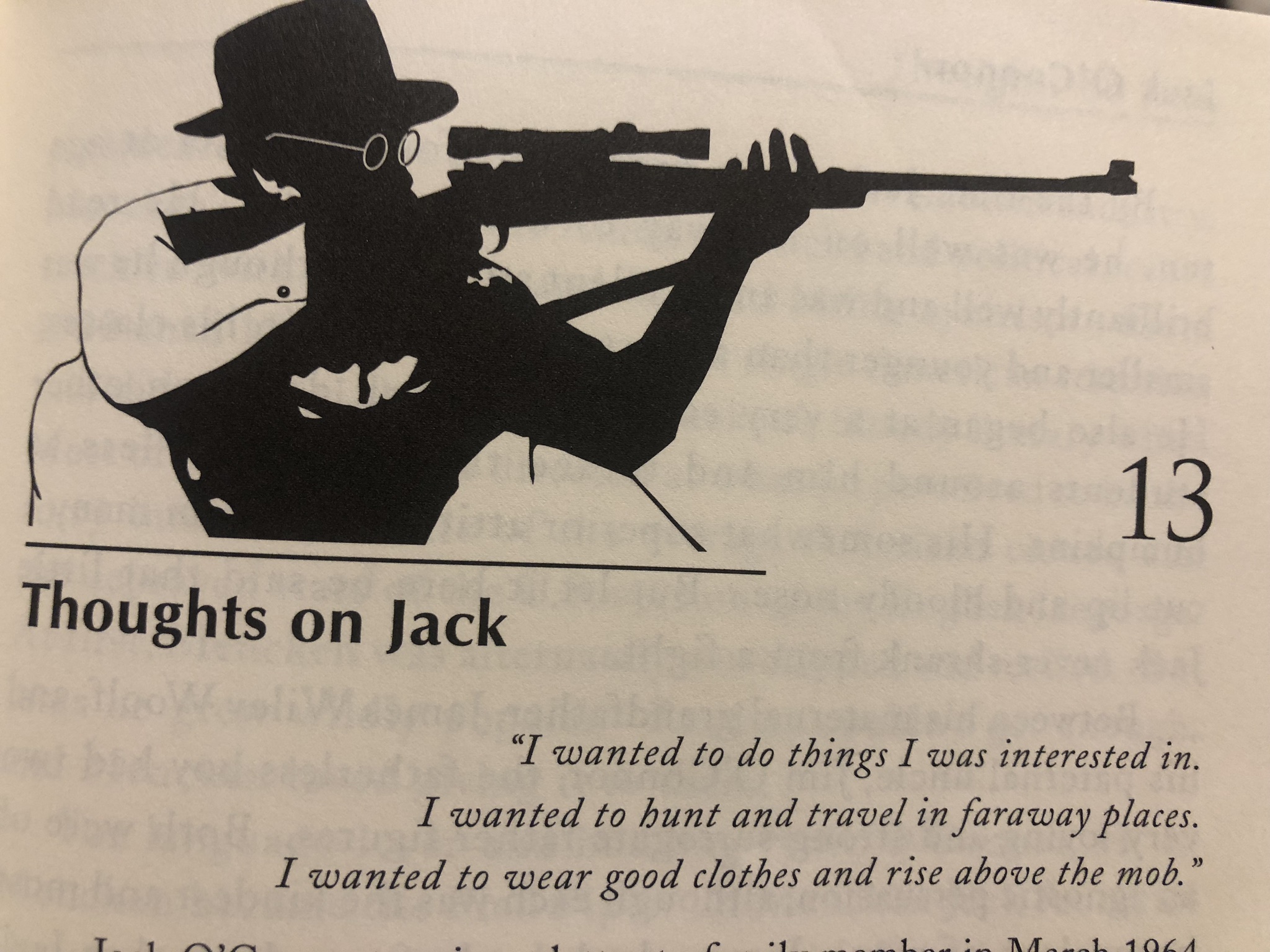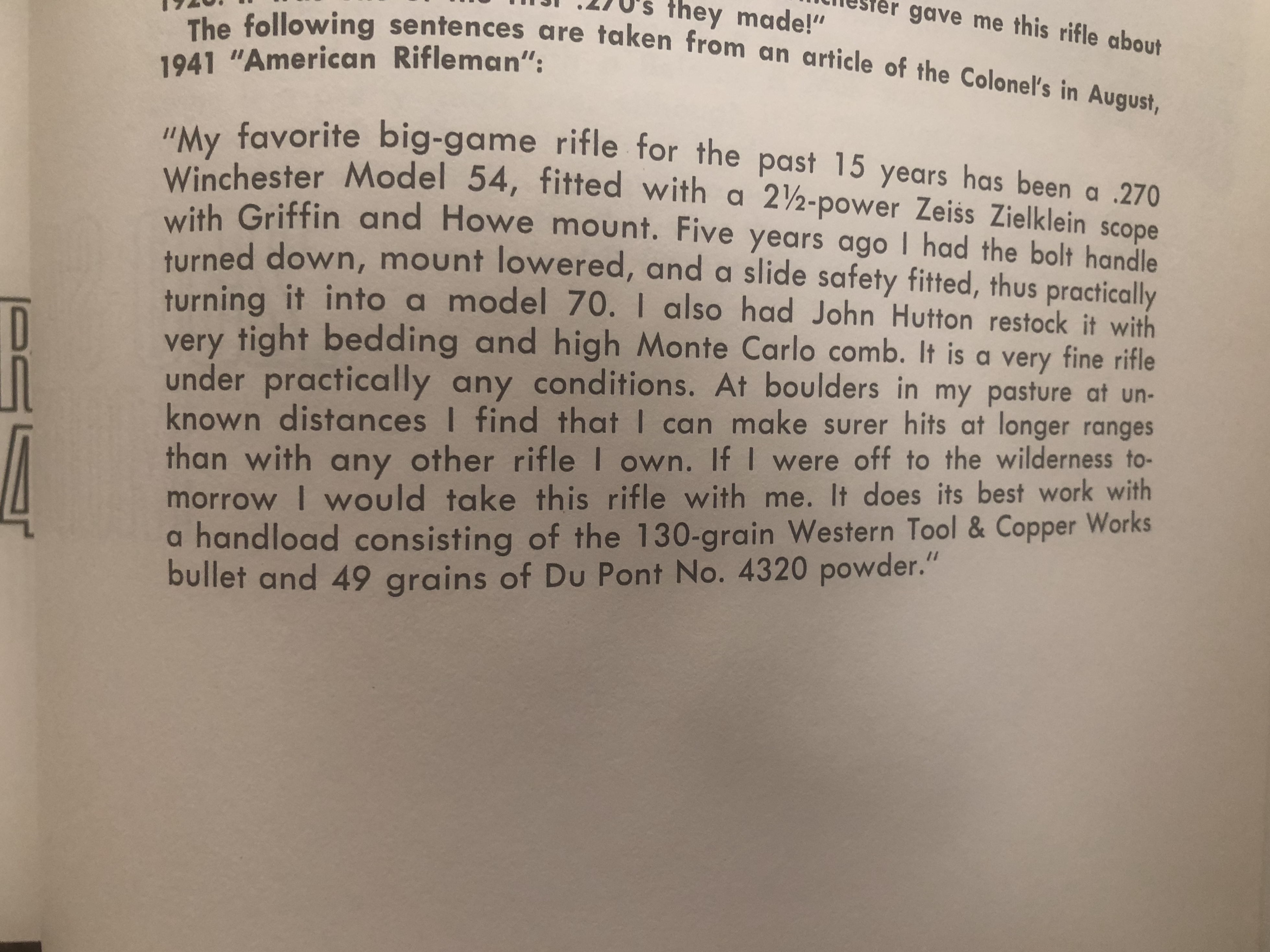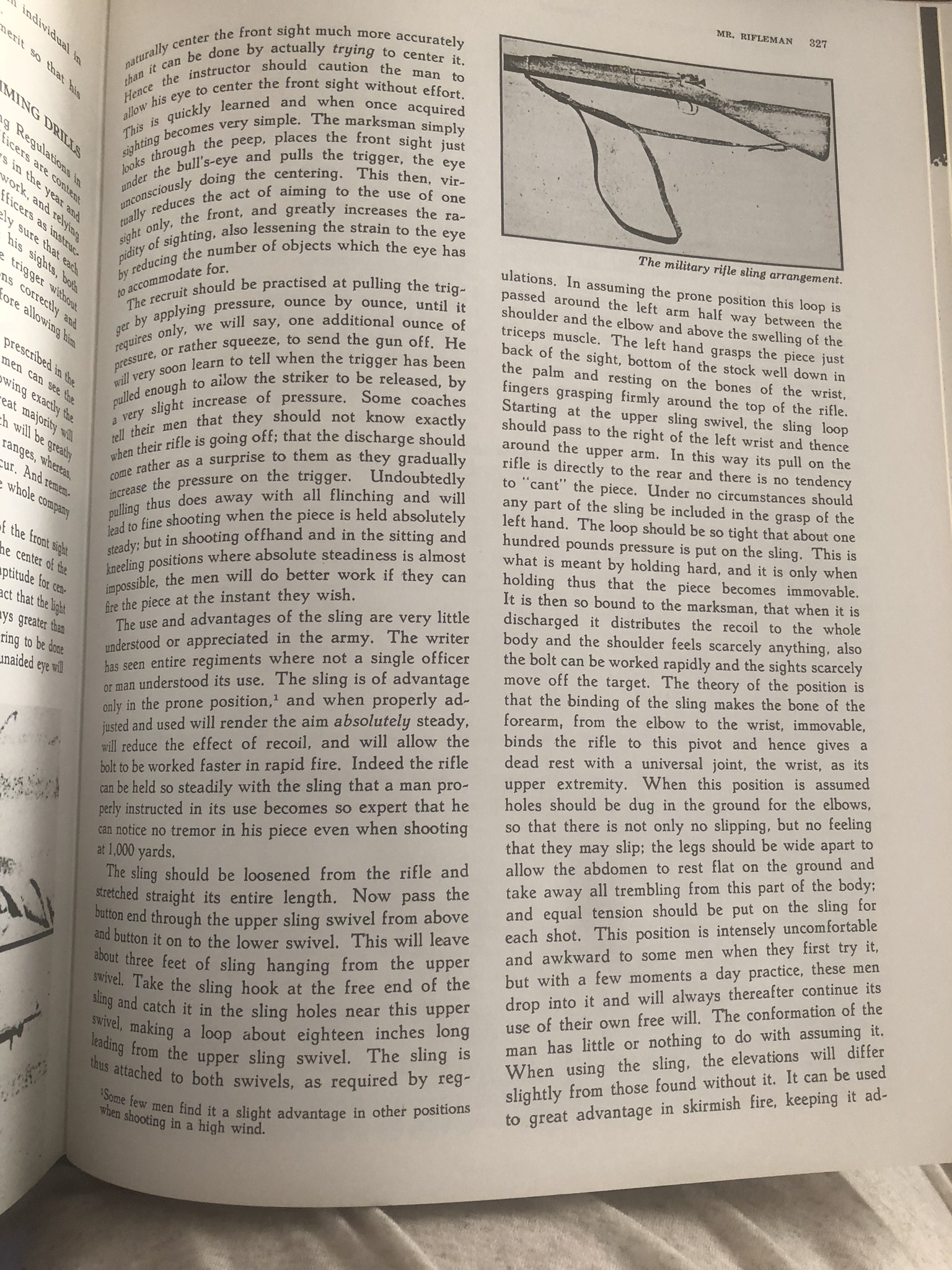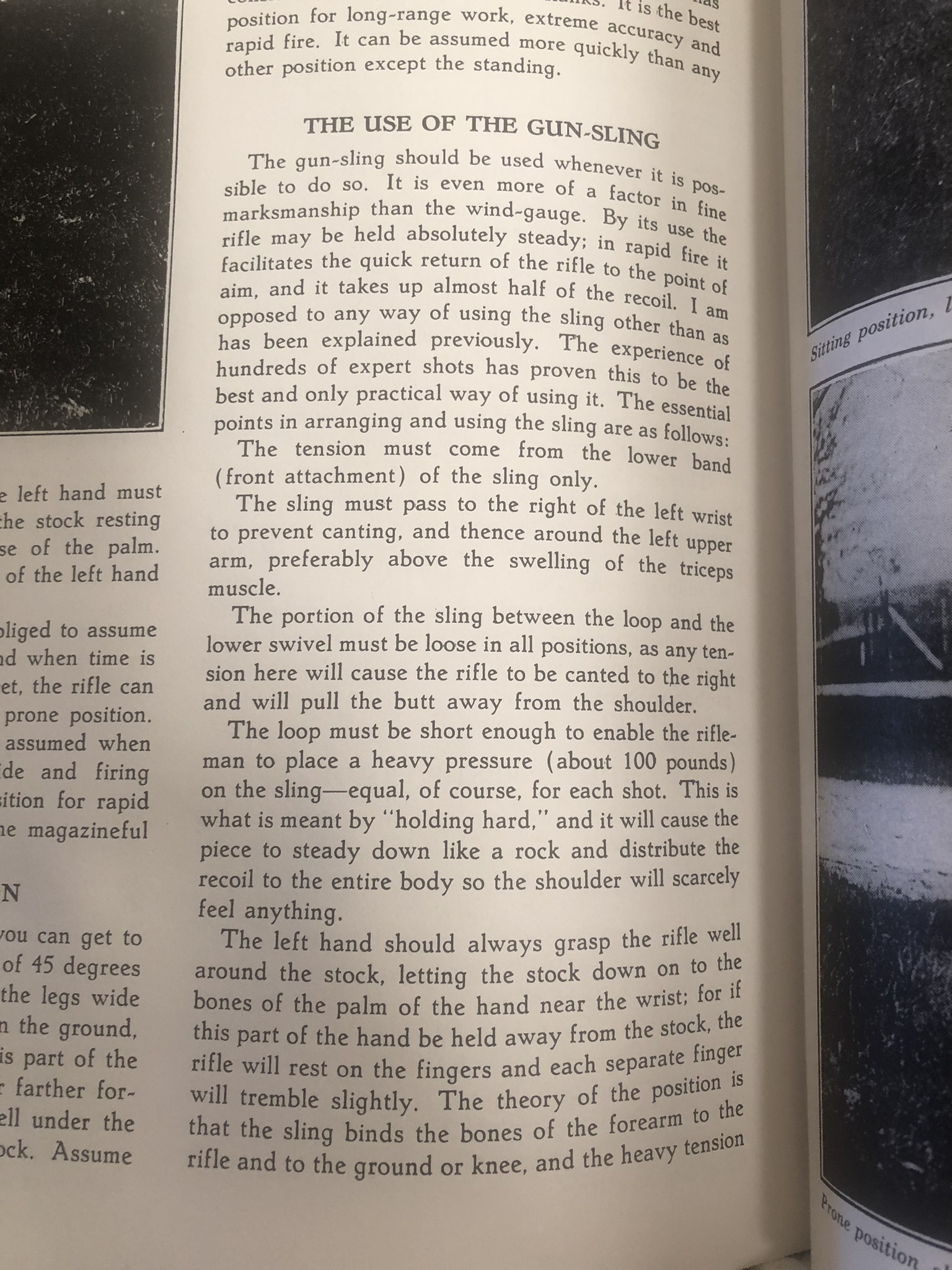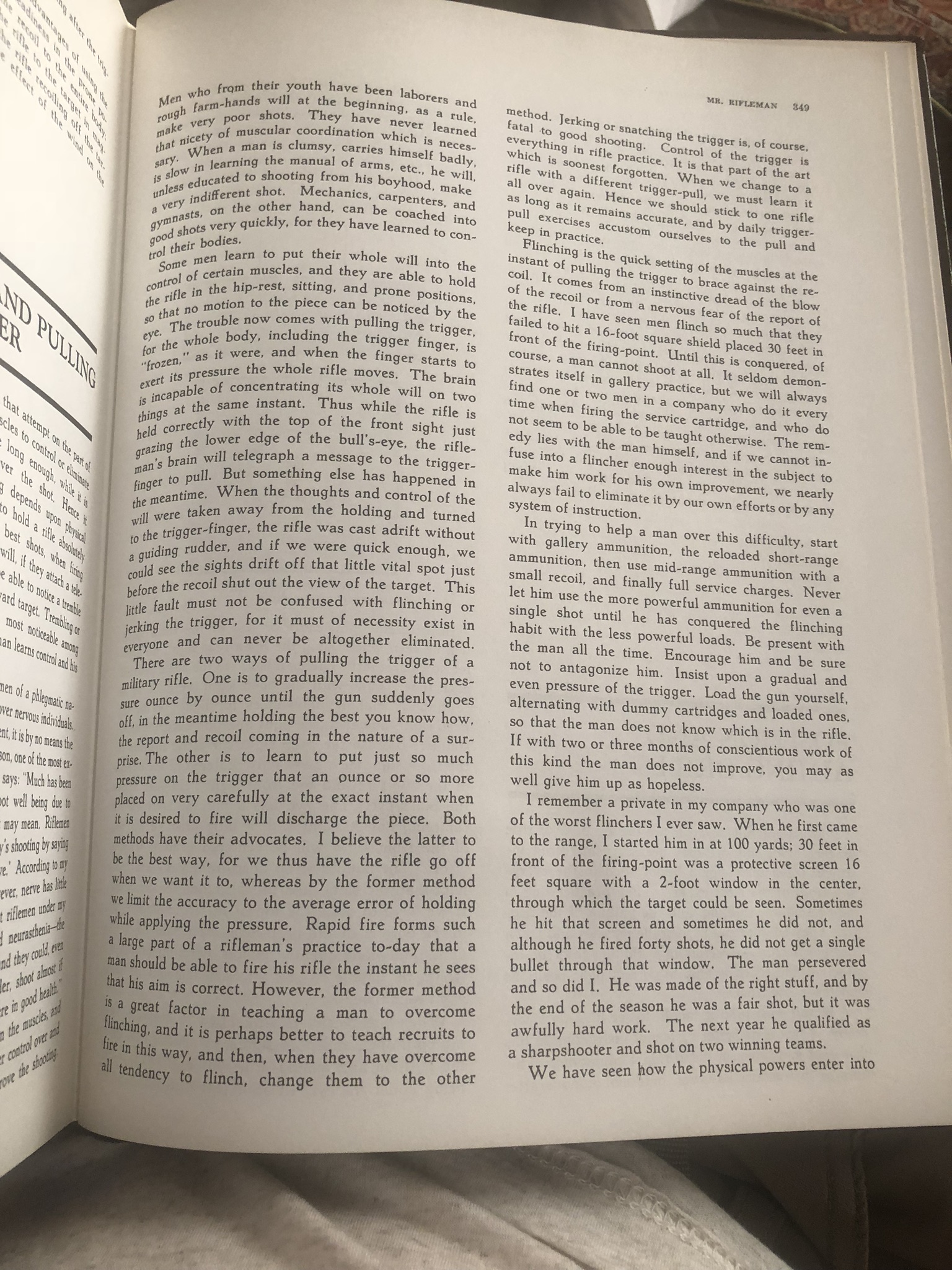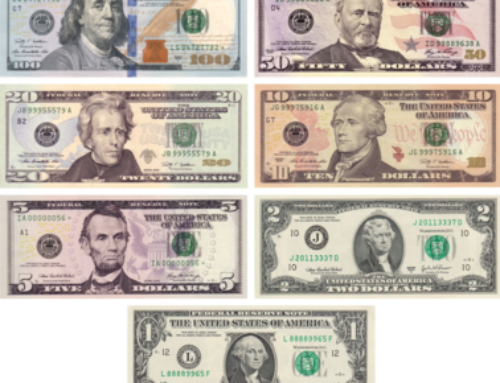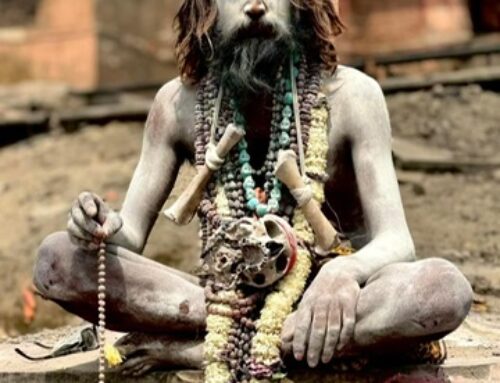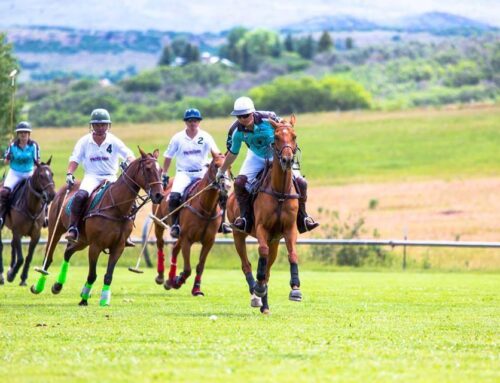In 1902, Jack O’Connor, this country’s foremost gun and hunting writer was born and he died in 1978 just two days short of his 76th birthday, was born in Nogales, Arizona, where he grew up in what he fondly described as “the last frontier.” It’s interesting that fellow outdoor writing legends Jim Harrison and Jim Fergus have settled in and around Nogales in more recent generations. Being a prolific reader, I have made it a goal this year to read all of his books, after owning a half dozen of his best known best know books for over 20 years now.
Jim Casada of Outdoor Life, https://www.outdoorlife.com/articles/jim-casada/2007/09/remembering-jack-oconnor writes this about O’Connor:
O’Connor was the product of a hard land and a difficult childhood. His parents drifted apart and then divorced when he was quite young. Fortunately for O’Connor, his maternal grandfather, James Woolf, was a key formative influence during O’Connor’s boyhood and saw to it that the youngster had ample exposure to the outdoors. “Bird hunting was grandfather’s dish,” O’Connor would reminisce in one of his literary works. Woolf, who hunted birds with a vintage Purdey, endowed his youthful protage with a sense of style and an appreciation for fine guns that would be reflected in O’Connor’s writings. From O’Connor’s mother, who was a teacher, came a recognition of the importance of education. Following a short stint in the Army, O’Connor pursued undergraduate studies at Arizona State Teachers College and the University of Arizona. A few years later, after earning a master’s degree in English from the University of Missouri, O’Connor married Eleanor Bradford Barry. Theirs would be a marriage marked by mutual devotion, countless wonderful days spent afield together and the rearing of four children.
After he married, O’Connor taught college (first in Texas and then in Arizona) while moonlighting as a reporter for local newspapers and the Associated Press. O’Connor developed the discipline and sound work ethic that would be among the hallmarks of his career during his early adulthood and the Great Depression. He wrote two novels in the early 1930s, but as his family grew, O’Connor turned to magazine writing for additional income. Since he had always been an avid hunter, the major outdoor publications were logical outlets.
His love of guns and their uses in sport, along with a real feel for words and a transparent honesty, helped make O’Connor a great writer. He poured emotion into his columns, feature articles and books. Most of these were written over the course of more than three decades, beginning in 1939 when he became associated with outdoor life. As the magazine’s Shooting Editor he was insightful, opinionated and extremely influential. Almost single-handedly he popularized the flat-shooting, smaller centerfire calibers (most notably his beloved .270).
O’Connor allowed his adoring readers to follow him vicariously on hunts for all the species of North American big game. Sheep were his favorites and he managed a lifetime double grand slam (Rocky Mountain bighorn, desert bighorn, Dall and Stone sheep). His tales of safaris in Africa and tiger hunts in India are similarly popular. O’Connor was a complex man. One of his good friends, Jim Rikhoff, suggests O’Connor was “a mixture of the sensitive and the sensible, of the ribald and reflective, of insight and inspiration, of instinct and intellect.”
Invariably, though, O’Connor exemplified “style.” We see this in his self-planned funeral, held in Lewiston, Idaho, after he died aboard ship en route home from a vacattion in Hawaii in 1978. His remains were cremated and scattered by Bradford over a mountain range inhabited by the sheep that had so captivated O’Connor throughout his life as a hunter. Similarly, as an author, he was unquestionably a masterful stylist, and the same held true in the natty way he dressed, his elevated sense of sportsmanship and many other aspects of his life.
All of these are a part of Jack O’Connor’s legacy, as is the body of outdoor writing included in more than two dozen books and hundreds of carefully crafted articles that he left to posterity. His compelling style places him at the forefront of America’s literature of the outdoors, and in the pages that follow, outdoor life readers can sample O’Connor’s craftsmanship through his excerpted works.
He loved Bausch and Lomb featherweight binoculars in 8×30 with individual focus and a good spotting scope of 20x power. Loves antelope for good tender delicate flavor, but he says big horn sheep are the best tasting of all game meat. And, 13×11″ leather saddle bags with a leather horse scabbard, not the Canadian style of mounting it on the offside of the horse.
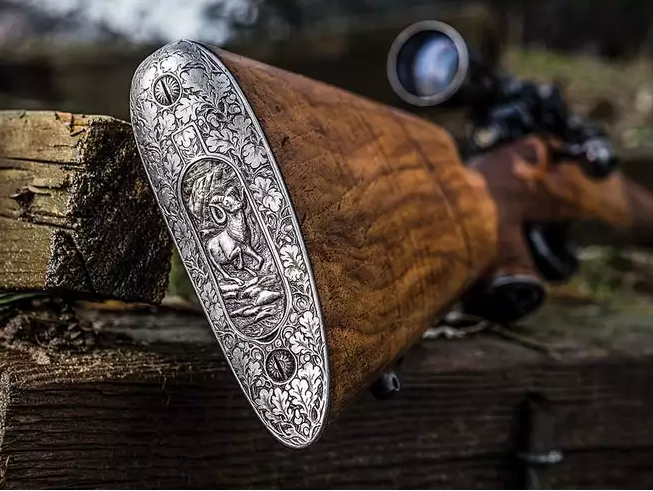
 He’s a big fan of the .270 and Remington CoreLock bullets, which he uses on everything along with a .30-06. He even shot 14 bears with a .270, only one requiring a second shot. The .270 Winchester became one of the most popular big game cartridges due to Jack’s promotion of it as an effective caliber for the average hunter. Jack’s famous .270, was a pre-64 model 70 Winchester and built by Al Biesen almost 50 years ago. We think the Sako Finnbear is even finer for what you can get off the peg, without all of the customizations that O’Connor had done to his beloved Number 1 and Number 2 Winchesters, which were beyond lovely.
He’s a big fan of the .270 and Remington CoreLock bullets, which he uses on everything along with a .30-06. He even shot 14 bears with a .270, only one requiring a second shot. The .270 Winchester became one of the most popular big game cartridges due to Jack’s promotion of it as an effective caliber for the average hunter. Jack’s famous .270, was a pre-64 model 70 Winchester and built by Al Biesen almost 50 years ago. We think the Sako Finnbear is even finer for what you can get off the peg, without all of the customizations that O’Connor had done to his beloved Number 1 and Number 2 Winchesters, which were beyond lovely.
“I have used the .270 for 40 years, shooting everything from Javelina to Alaska-Yukon moose. I have also used it in Africa, India, and Iran. This may shake quite a few people up, but I am inclined to believe that the 130-grain bullet is probably the one best bullet weight yet, if the bullet construction is adapted to the animal.” –Jack O’Connor
I read about everything that I could find by Jack O’Connor. He knew his stuff, he told it like it was, and he hunted around the world. While he did much of his hunting with his beloved .270, he also was a big fan of the 30-06. For big game, he wrote as much about the .375 H&H, together with a .270 or the .30-.06 as he did about anything. He believed, and rightly so, that the .270 was the equal of almost all North American game and most non-dangerous African species as well.
He emphasized the use of a Stetson hat while hunting in the west, good footwear, and a nice down sleeping bag.

